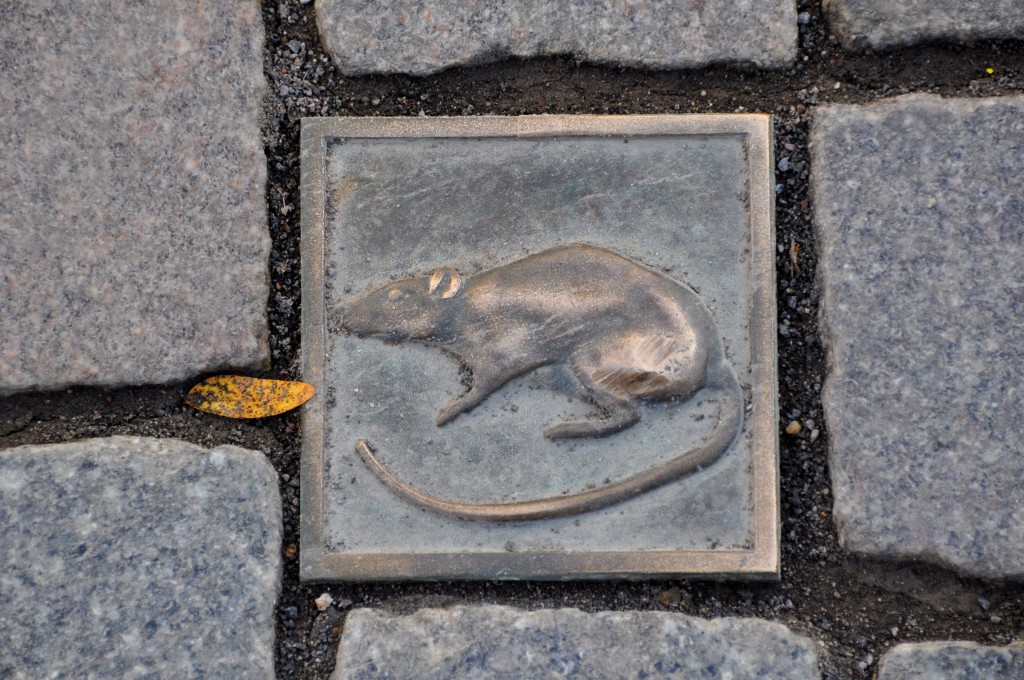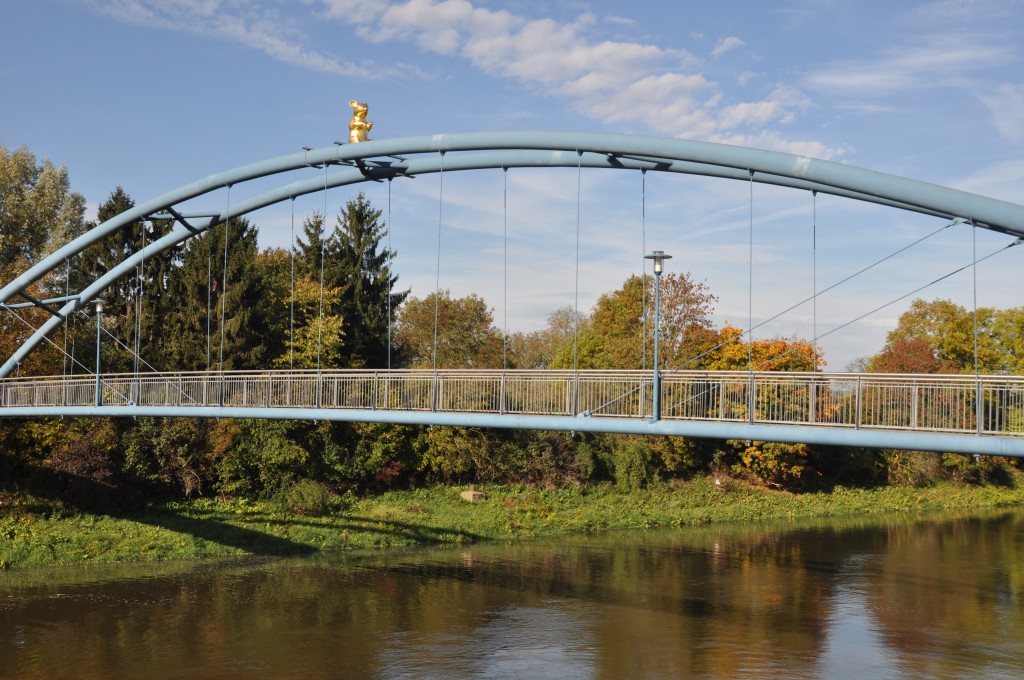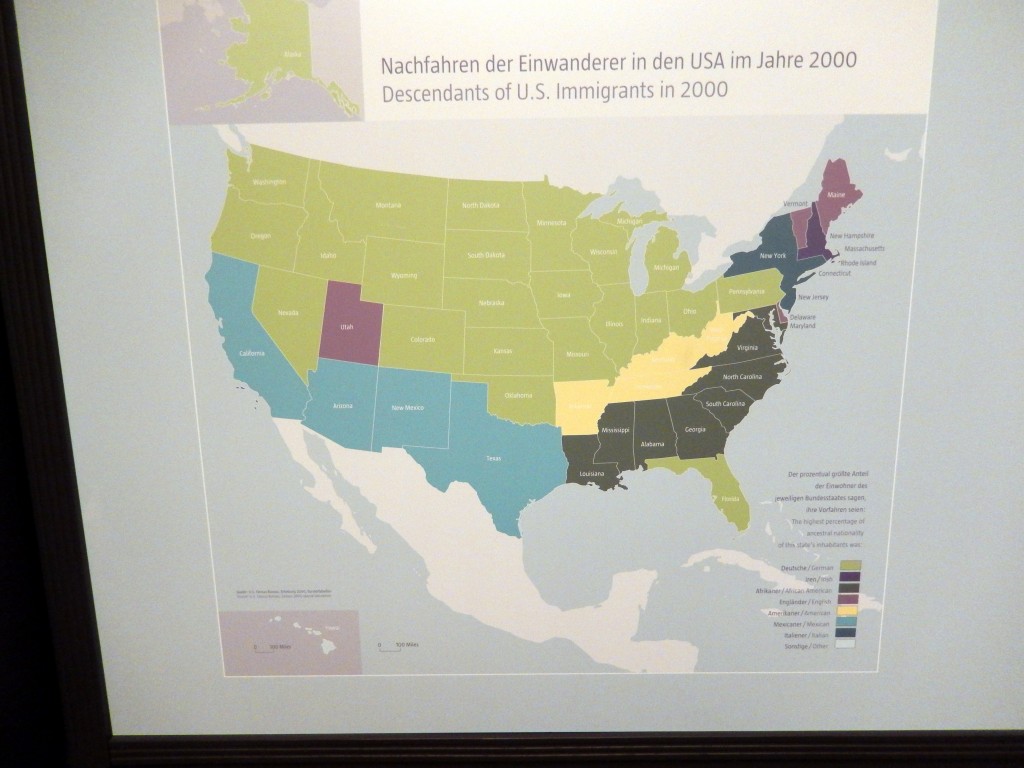All of the fairytales written by the Brothers Grimm are rooted in some element of fact, including the Pied Piper of Hamelin. Some of them are more fantastically elaborated upon than others, but regardless, the legend of the Pied Piper is alive and well in today’s Hamelin.
The facts: On (what is thought to be) June 26, 1284, 130 children disappeared from the town of Hamelin. Was there actually a rat infestation in Hamelin? Probably…considering the Plague and all. Did the city of Hamelin fail to pay their debt to the rat-exterminator? Probably…what governmental body doesn’t have unpaid debts? Was there a weirdly dressed man acting strange in the street? Probably…those have existed since the beginning of time. Did all of these events happen simultaneously? Doubtful.
Regardless, Hamelin has found its ‘schtick’ and is stickin’ to it! Everywhere you look there is testimony to the tale (or tail, whichever!).
Watching over the Weser River, where the rats and maybe even the children were lead, is a golden homage to them all.
The story plays out twice a day during the Glockenspiel, complete with the piper, rats, children, and even the two kids that got left behind and lived to tell the tale.
 Bungelosenstraβe is reportedly the last place where the children were seen, and supposedly music and dancing are still prohibited here to this day.
Bungelosenstraβe is reportedly the last place where the children were seen, and supposedly music and dancing are still prohibited here to this day.
Moral of the fairy tale: Pay your service providers as contracted and there won’t be any problems!









